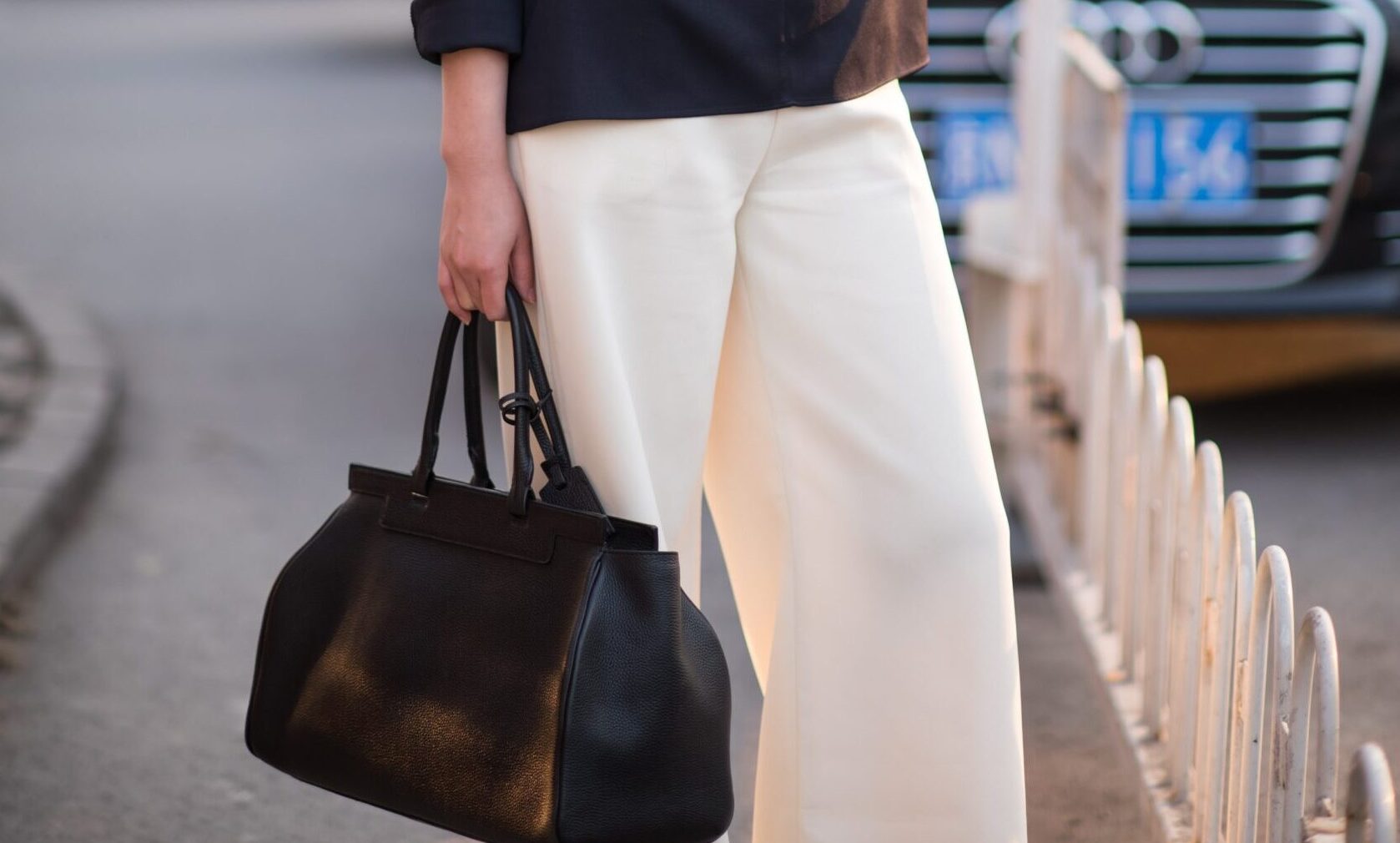04 February 2021
Hey, Big Spender!
It’s in the bag.
By Neil Tidmarsh
 This week the news was awash with the dollars, pounds and euros of big spenders. Three multi-millionaires – an Israeli, an American and a Canadian – have just booked their places on what will be the world’s first private space mission. The three men (yes, of course they’re all men – but don’t worry, I’ll correct this ‘conspicuous and arguably pointless spending’ gender-imbalance in a moment) have each paid $55 million for their ticket. That buys them a ten-day trip next January, blasting off from Cape Canaveral in a Space X Crew Dragon capsule and orbiting our planet on the International Space Station.
This week the news was awash with the dollars, pounds and euros of big spenders. Three multi-millionaires – an Israeli, an American and a Canadian – have just booked their places on what will be the world’s first private space mission. The three men (yes, of course they’re all men – but don’t worry, I’ll correct this ‘conspicuous and arguably pointless spending’ gender-imbalance in a moment) have each paid $55 million for their ticket. That buys them a ten-day trip next January, blasting off from Cape Canaveral in a Space X Crew Dragon capsule and orbiting our planet on the International Space Station.
More down to earth but somehow even more out of this world, someone else paid $92.2 million for a small painting by Sandro Botticelli – Portrait of a Young Man Holding a Roundel – via an online auction by Sotheby’s.
Such big sums spent by private individuals in pursuit of personal experiences and pleasures look particularly problematic in these virus-stricken times of furloughed workers, laid-off workers, collapsing businesses and rising unemployment; they might even increase hostility towards the economic realities on which we all depend even as those realities are disintegrating rather frighteningly all around us (“all right then, clear off, you capitalist-materialist system, see if I care”).
But such spending has, of course, always been problematic. Shouldn’t a human artefact of such excellence as Botticelli’s painting belong to all of us, and live in a public gallery where we can all enjoy its beauty? Isn’t $55 million spent on a brief trip to literally nothing and nowhere a waste of money? Wouldn’t such sums be better spent improving mankind’s common lot here on Earth? After all, a fine example was set by another multi-millionaire this week: an Austrian Jew who escaped to France from the Nazis in the 1930’s has left his fortune – €2 million – to the French town which saved his life by sheltering him from the Vichy regime and the Holocaust during World War II. The money is to be spent on ‘education projects for the young’.
On the other hand, isn’t there something perversely reassuring and even cheering about individuals spending freely in the pursuit of beauty and excitement (of life, in other words) in these dismal times? Proof that money – wealth – hasn’t disappeared altogether? It’s like looking out over a desert – an apparently lifeless waste – and then David Attenborough pops up with the wonderful news that here is life, even here, look, an ant, a beetle, a lizard, alive and well! It’s like hearing that an endangered species, long absent from your own neighbourhood, isn’t extinct after all but has been spotted in remote regions, so there’s hope that perhaps it might reappear in your own back garden someday. And let’s not forget that we live in a free and open society, where an individual has the right, within the law, to spend his money how he likes.
Or does he? Or, rather, she?
This brings us to one of the most intriguing, strange, puzzling (though only to 50% of readers, I suspect) and yet at the same time possibly trivial stories in the news this week.
You and I might not be able to buy a Hermès handbag, no matter how much we might want one and how much we might be able to afford one (even at perhaps €8000 per item). We’re probably not beautiful enough, or rich enough, or famous enough. The company’s Birkin bags and Kelly bags are sold “by appointment only to celebrities such as Victoria Beckham or Kim Kardashian” says The Times’ man in Paris, Adam Sage. “The brand’s less exclusive bags can be bought in its shops, but only by clients judged likely to enhance its reputation”. Hermès, Mr Sage adds, “has long adhered to the idea that rarity is the cornerstone of luxury. Demand for its products far outstrips supply.” Exclusivity ensures desirability, and rarity increases value; one particular (presumably second-hand) Birkin apparently went for almost $400,000 at auction in Hong Kong a few years ago.
All this was a remarkable preamble to a remarkable story. The French police have just cracked open a gang accused of pulling an illegal scam on Hermès. The police investigation lasted eight months and has resulted in the arrest of ten people.
The alleged mastermind allegedly hired young women out of drama schools, dressed them in designer clothes, mocked up a luxurious venue for them in a posh street near the Hermès store and generally created an illusion of wealth, beauty and fame sufficiently convincing to persuade the staff at Hermès to accept them as customers and do them the favour of taking their (or rather his) money off them. So convincing that he ended up being one of their best customers; it’s claimed that he eventually brought up “half the company’s supply”. This must have further restricted the supply and ramped up the demand, of course, and he allegedly sold the goods on for three times the price he paid for them. It’s reported that the gang made a million euros a month from this operation.
I was so confused by Mr Sage’s report that I had to re-read it half a dozen times before I could grasp the story. Not because Mr Sage’s writing is anything other than lucid, but because so much of the story was so puzzling. What, a shop which could say “non, merci, au revoir” to a customer who wanted to give them thousands of euros – for a handbag? Someone having to go through such an elaborate façade before a shop would take thousands of euros off them – for a handbag? Someone who would pay three times the number of all those thousands of pounds – for a second-hand handbag? And – and surely this is the crux of the matter – somewhere along the line a crime has allegedly been committed; someone has apparently cheated someone else, but who, and how?
I must admit I’m still rather confused. But then again, I’m not a lawyer or a policeman, and Adam Sage does add that the gang are “suspected of money-laundering and undeclared work”, so what would I know? At the same time there’s something so weird and even rather wonderful about the whole story – about Hermès’ daring marketing strategies, about the gang’s stratagems – that somehow reflects the tremendous ingenuity, multifaceted richness and unfathomable strangeness of our species, that makes me want to break out into celebratory applause. And I almost hope that the sensible, serious and austere sobriety promised by the New Normal (whenever that arrives) doesn’t knock all this kind of nonsense on the head.
Photo by Alex Shaw on Unsplash


